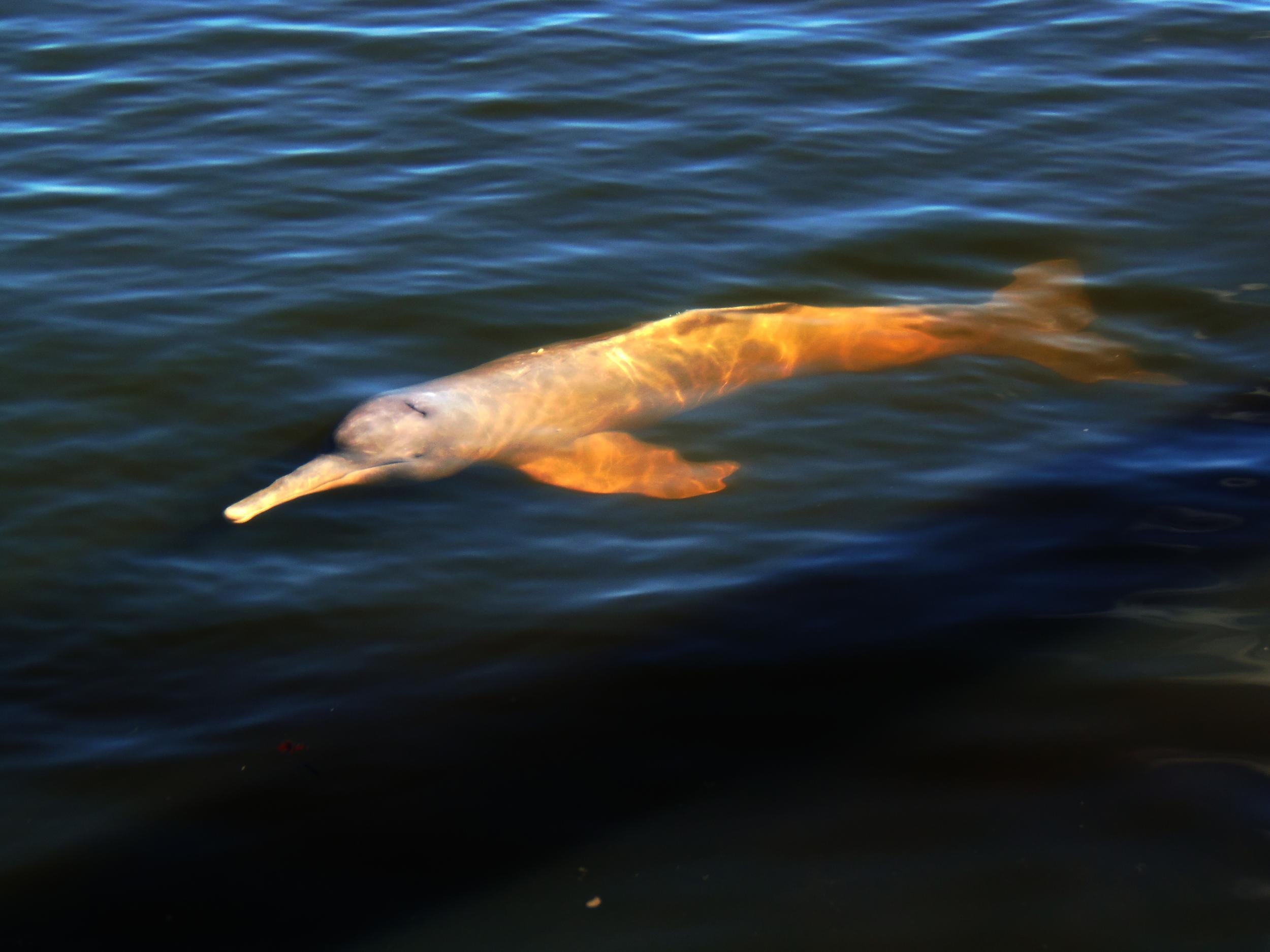New Amazonian species discovered every two days while the rainforest is trashed by 'relentless deforestation'
‘There is a real risk that at the rate at which the Amazon is changing many species may become extinct before we have had a chance to find them’

Your support helps us to tell the story
From reproductive rights to climate change to Big Tech, The Independent is on the ground when the story is developing. Whether it's investigating the financials of Elon Musk's pro-Trump PAC or producing our latest documentary, 'The A Word', which shines a light on the American women fighting for reproductive rights, we know how important it is to parse out the facts from the messaging.
At such a critical moment in US history, we need reporters on the ground. Your donation allows us to keep sending journalists to speak to both sides of the story.
The Independent is trusted by Americans across the entire political spectrum. And unlike many other quality news outlets, we choose not to lock Americans out of our reporting and analysis with paywalls. We believe quality journalism should be available to everyone, paid for by those who can afford it.
Your support makes all the difference.A new species is being discovered in the Amazon every two days from fire-tailed titi monkeys and yellow-moustached lizards to pink river dolphins and honeycomb-patterned stingrays, according to a new report.
Conservation group World Wildlife Fund, who wrote the report along with Brazil’s Mamiraua Institute, said the astonishing rate of new finds showed scientists had still only scratched the surface of all the “incredible species” that live there.
But “relentless deforestation” of the Amazon means many of its undiscovered animals and plants will go extinct before they are found, WWF warned, urging governments in the region to take action.
The report revealed a total of 381 new species had been discovered in 2014 and 2015, including 216 plants, 93 fish, 32 amphibians, 20 mammals – although two of those were fossils – 19 reptiles and one bird.
Sarah Hutchison, WWF’s head of programmes for Brazil and Amazon, said: “We are only at the tip of the iceberg when it comes to unveiling the incredible species that live in the Amazon, yet instead of this precious area being safeguarded, it is under greater threat than ever before.
“There is a real risk that at the rate at which the Amazon is changing many species may become extinct before we have had a chance to find them.
“The discovery of 381 new species is a wake-up call for the governments of Amazon countries that they must halt the ongoing and relentless deforestation and work to preserve its unparalleled biodiversity.
“If they don’t, there will continue to be irreversible impacts on the Amazon’s much-loved wildlife, undiscovered species and the local and indigenous people that call it home.”
She said she hoped the report would “inspire” scientists to carry out more research.
“Sharing new discoveries is essential to supporting conservation efforts and, as one of the last great wildernesses, there are many more secrets left to uncover,” Ms Hutchison said.
Nearly a third of all the tropical rainforests on Earth are in the Amazon. Even though it covers about 1 per cent of the planet’s surface, it is estimated to be home to 10 per cent of known species.
The new species of pink river dolphin is estimated to have a population of 1,000, but they are under threat from the construction of hydroelectric dams as well as industrial and agricultural activity. The fire-tailed titi monkey, which has a bright orange tail, is also at risk from deforestation.
The current rate of species extinction is estimated to be 1,000 to 10,000 times that of the natural rate because of human activity.
It is just one reason why geologists are considering declaring a new epoch – the Anthropocene – as the fossils of the long dead animals will form a noticeable line in the rocks of the future.
Join our commenting forum
Join thought-provoking conversations, follow other Independent readers and see their replies
Comments